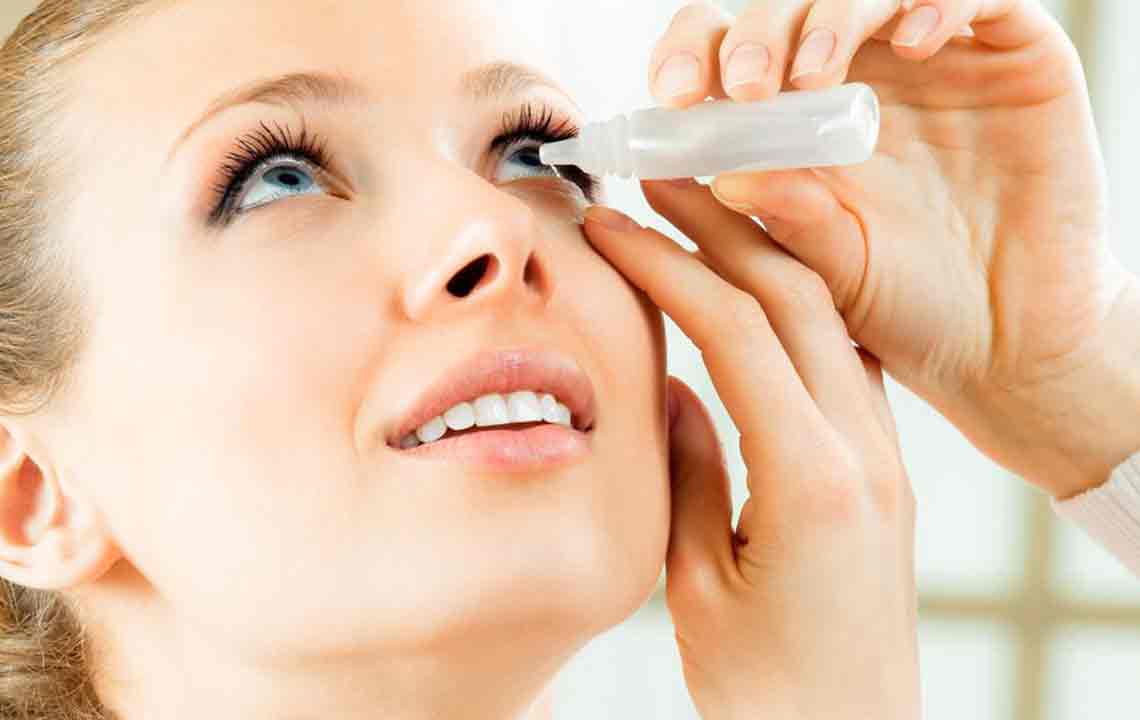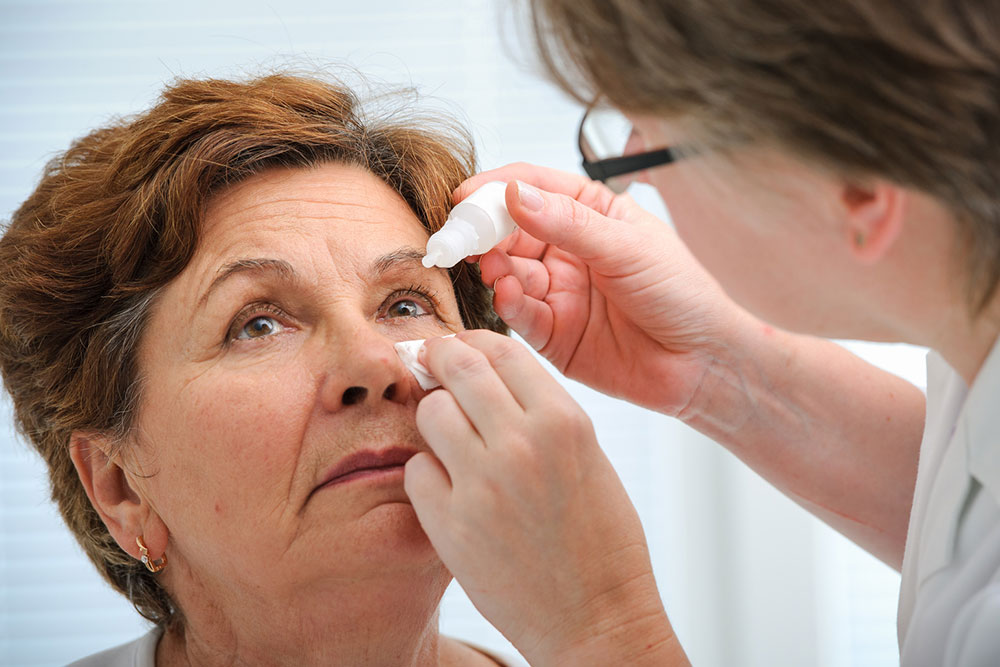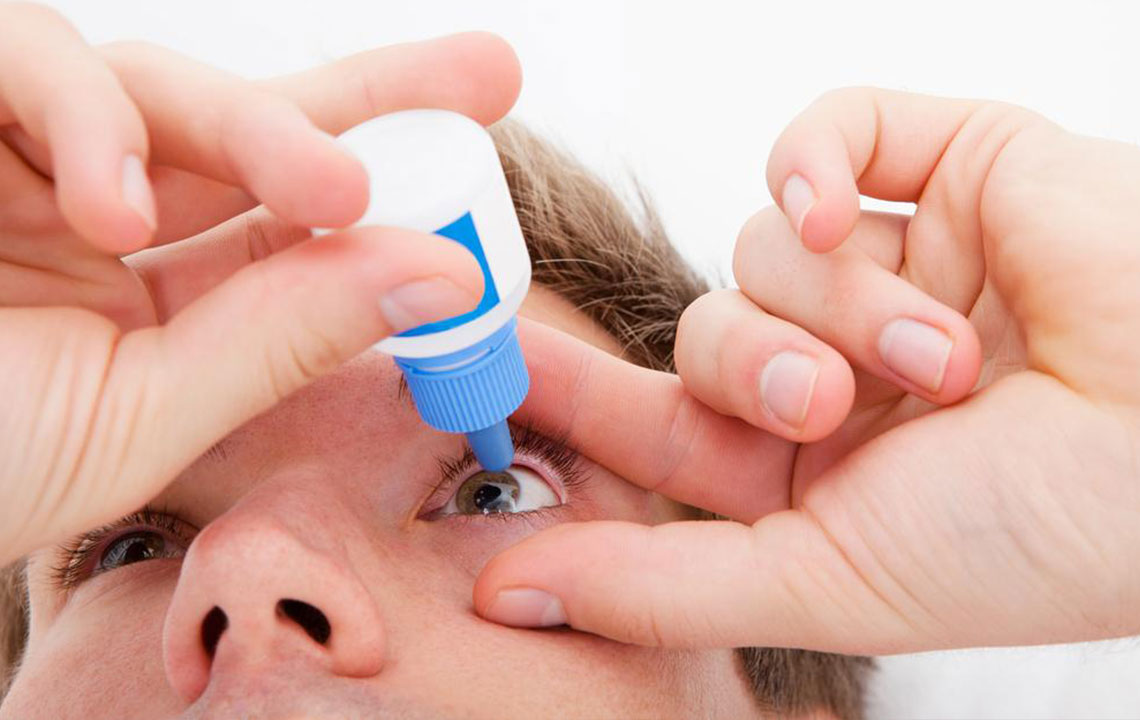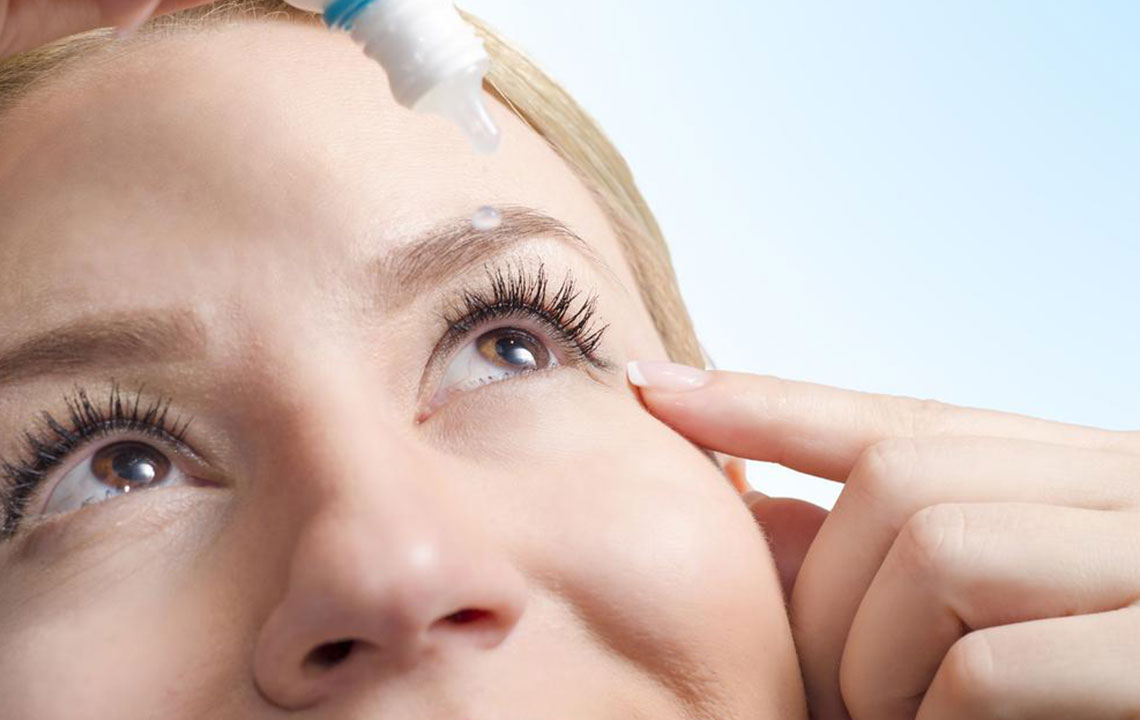Understanding Dry Eyes: Causes, Symptoms, and Treatment Options
Dry eyes, also known as dry eye syndrome, occurs when the eyes lack enough lubrication due to tear duct malfunction or tear film issues. This condition causes discomfort, redness, blurred vision, and heaviness in eyelids. Causes include age, environmental factors, health conditions, medications, and screen time. It can often be managed with OTC solutions, lifestyle changes, or medical treatment. Consulting an eye specialist ensures proper diagnosis and effective care, preventing complications and maintaining eye health.

Understanding Dry Eyes: Causes, Symptoms, and Treatment Options
Dry eye syndrome is a condition where the surface of the eye lacks sufficient lubrication. It mainly results from malfunctioning tear ducts. Millions in the U.S. are affected by this issue.
Tears and Eye Health
The eye's cornea, a dome-shaped outer layer, relies on basal tears produced by tear glands near the eyes to stay moist. These tears form a protective liquid layer over the cornea, ensuring proper eye function.
This layered structure of tears keeps the eyes moist with each blink and also aids in focusing light for clear vision. Inadequate tear production or abnormal tear composition can impair vision and eye health.
The tear film consists of three layers:
Oil/Lipid Layer: Outer layer composed of lipids from Meibomian glands, preventing evaporation and maintaining moisture.
Aqueous Layer: Middle layer rich in water and proteins, produced by the lacrimal glands, keeps the eye hydrated.
Mucin Layer: Inner layer produced by goblet cells that helps bind water to the eye surface, reducing evaporation.
Signs of Dry Eyes
Typically affecting adults, especially women, dry eyes can cause itchiness, burning, and a stinging sensation. Severe cases may lead to excessive tearing, redness, discomfort, and blurred vision, making eyelids feel heavy.
Causes of Dry Eyes
Dry eye issues can arise due to insufficient tears, tear imbalance, or increased tear evaporation. Factors include:
Medications for lung, depression, or reproductive health issues
Advancing age, particularly over 50
Inflammation harming tear-producing glands
Autoimmune disorders
Thyroid problems, diabetes, vitamin deficiencies
Hormonal shifts during pregnancy or menopause
Environmental factors like dust, wind, smoke, dry climates
Seasonal allergies
Prolonged screen time reducing blinking frequency
Post-laser eye procedures (typically temporary)
Diagnosis and Management
If you suspect dry eyes, visiting an eye specialist is essential to determine the root cause. Mild cases can often be managed with OTC artificial tears, gels, or ointments. Lifestyle adjustments such as limiting screen time, taking frequent breaks, and blinking more can help. Protecting eyes from environmental irritants with sunglasses may also prevent worsening. Severe cases might require prescription treatments or surgical interventions. Timely diagnosis and proper care are crucial to avoiding complications and maintaining eye health.
Note:
The information provided here covers various eye health topics for educational purposes. For accurate diagnosis and personalized treatment, consult a healthcare professional. We are not responsible for discrepancies or updates in medical data. Always seek professional advice for health concerns.










